Historic sports that nobody plays anymore
Every generation brings its own trends, and sports are no exception. While some sports stand the test of time, others fade into the pages of history, leaving behind curious tales and fascinating facts. The reasons for a sport’s decline can range from changes in social values to advances in technology, or simply the rise of more popular alternatives. In this article, we explore some intriguing sports that once captivated audiences but have since faded from the limelight.
The Lost Art of Jousting: Knights in Shining Armor
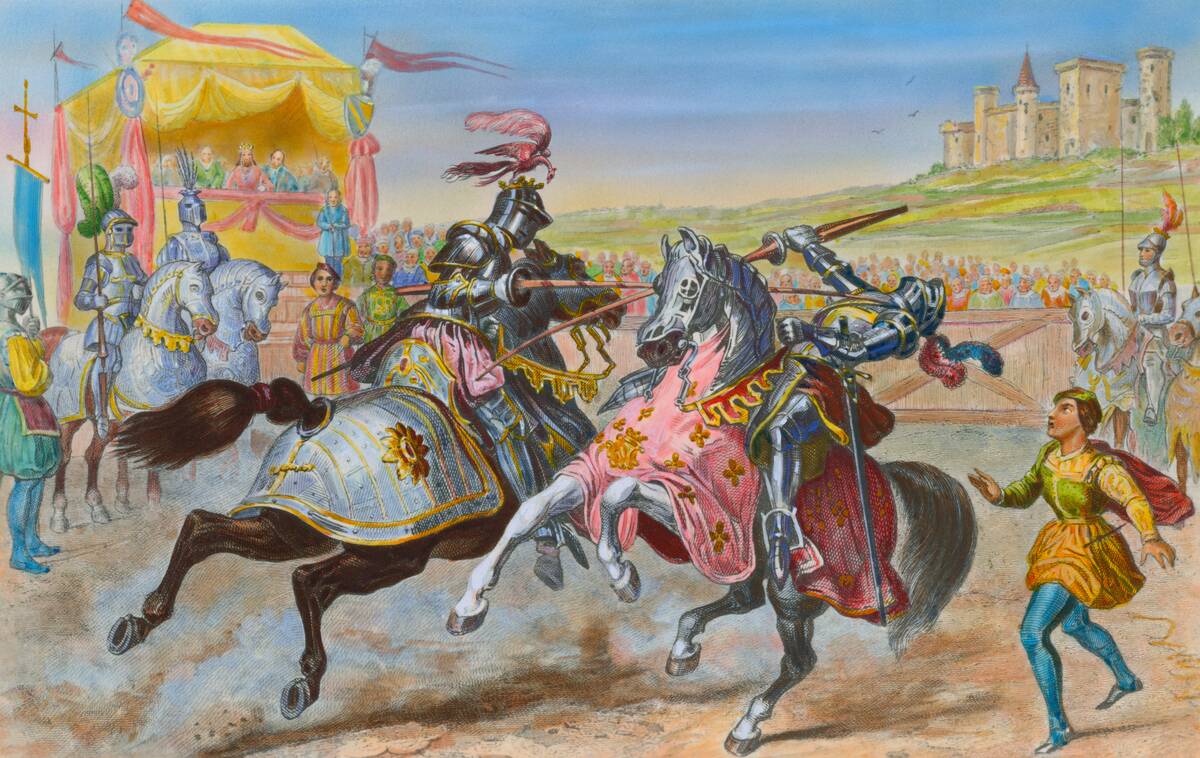
Jousting was the medieval equivalent of a high-adrenaline sport, featuring knights clad in heavy armor charging at each other with lances. In the Middle Ages, it was not just a sport but a way to showcase one’s prowess and valor. While the tradition of jousting tournaments has largely faded, it occasionally reappears at Renaissance fairs and historical reenactments, capturing the imagination of those curious about medieval chivalry.
The Ancient Greek Sport of Pankration: A Precursor to Modern MMA
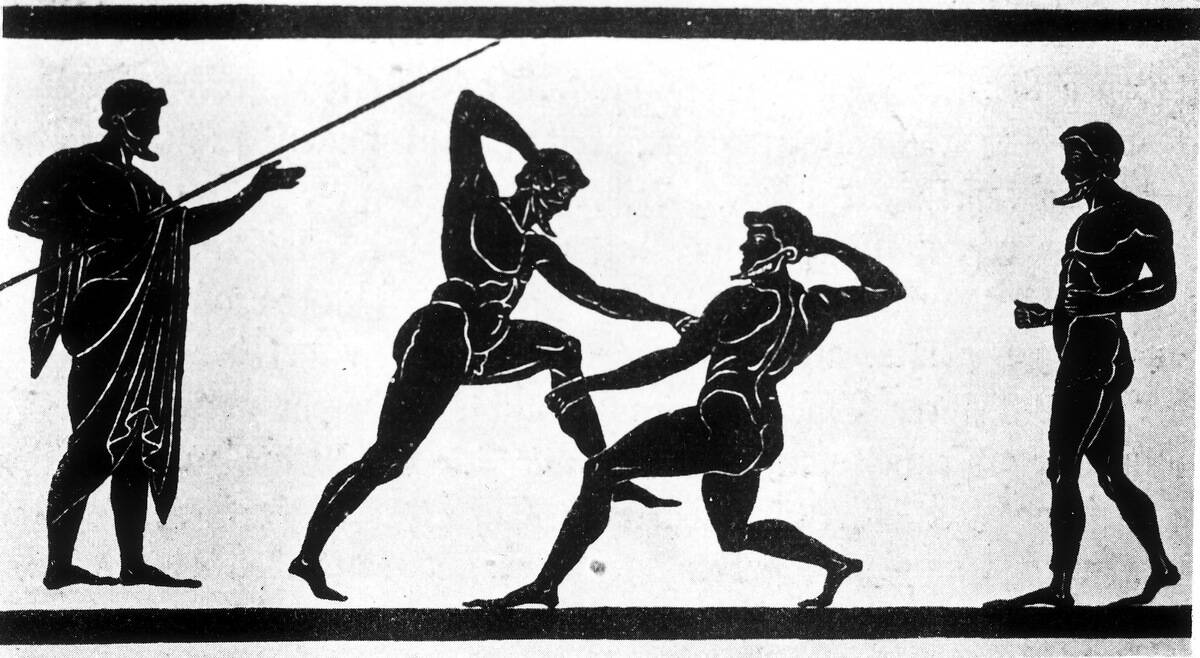
Combining elements of wrestling and boxing, Pankration was one of the original Olympic sports, dating back to 648 BC. It was renowned for its brutal nature, allowing almost any form of combat except biting and eye-gouging. The sport’s influence can be seen in modern mixed martial arts, which similarly combines various fighting techniques. Despite its rough reputation, Pankration was highly respected in ancient Greece, celebrated for its display of strength and strategy.
The Disappearance of Real Tennis: The Original Court Game
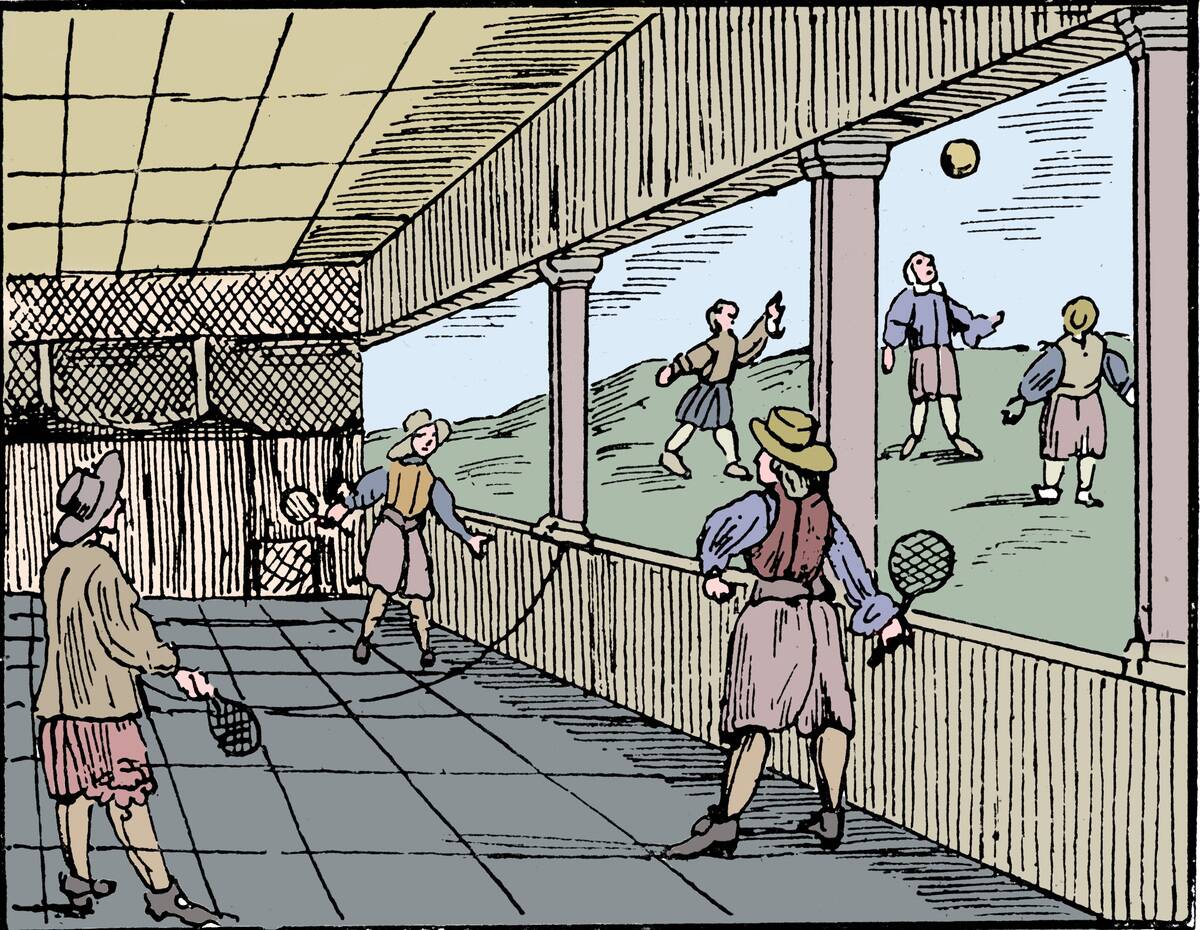
Real Tennis, also known as court tennis, is the predecessor of modern lawn tennis. Originating in France during the 12th century, it was played indoors with a complex set of rules and a heavier ball. The sport’s decline began as lawn tennis emerged in the late 19th century, offering a simpler and more accessible alternative. Today, Real Tennis is played by a small number of enthusiasts who cherish its historical significance and unique gameplay.
The Obscurity of Cuju: The Ancient Chinese Soccer
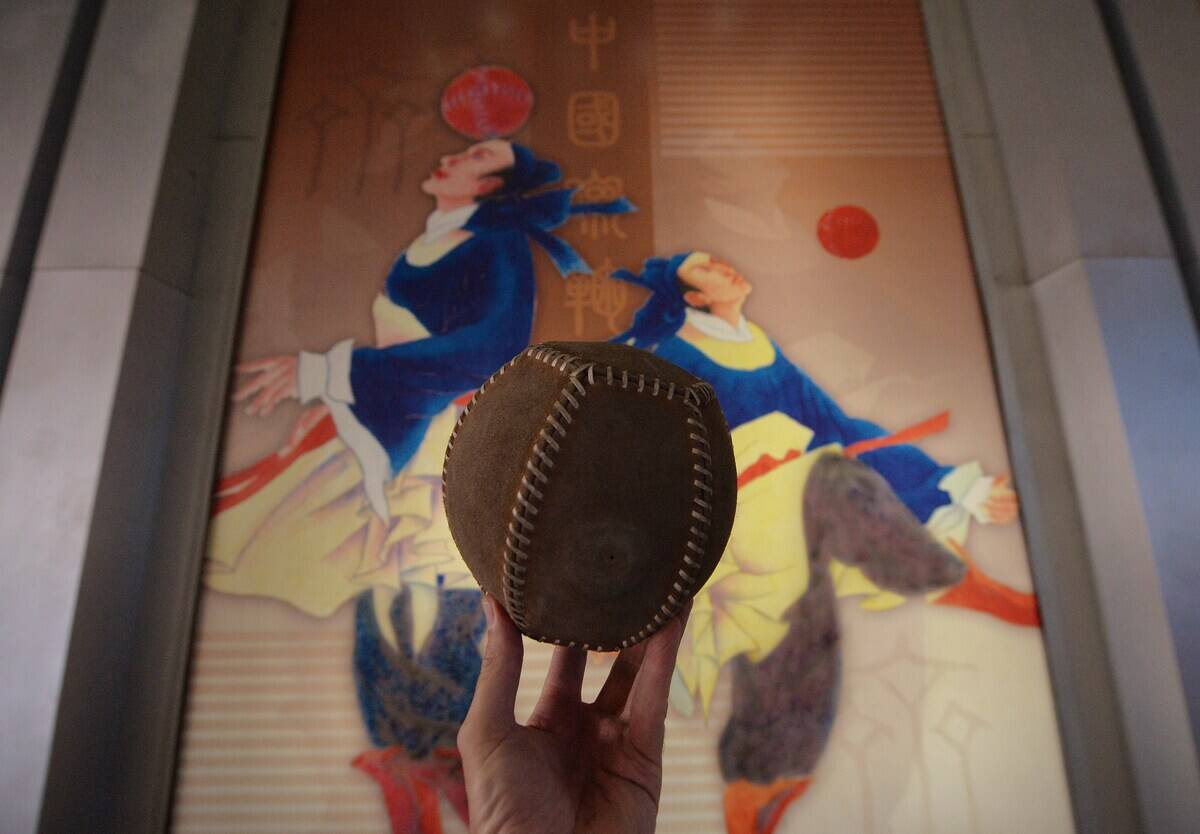
Cuju, often regarded as the earliest form of soccer, was played in ancient China as far back as the Han Dynasty (206 BC–220 AD). The game involved kicking a leather ball through a small opening into a net. Cuju was not only a sport but also a military training exercise and a form of entertainment in royal courts. While its popularity waned over the centuries, Cuju’s legacy lives on as a vital piece of soccer’s long history.
The Forgotten Game of Stoolball: An Early Cricket Relative
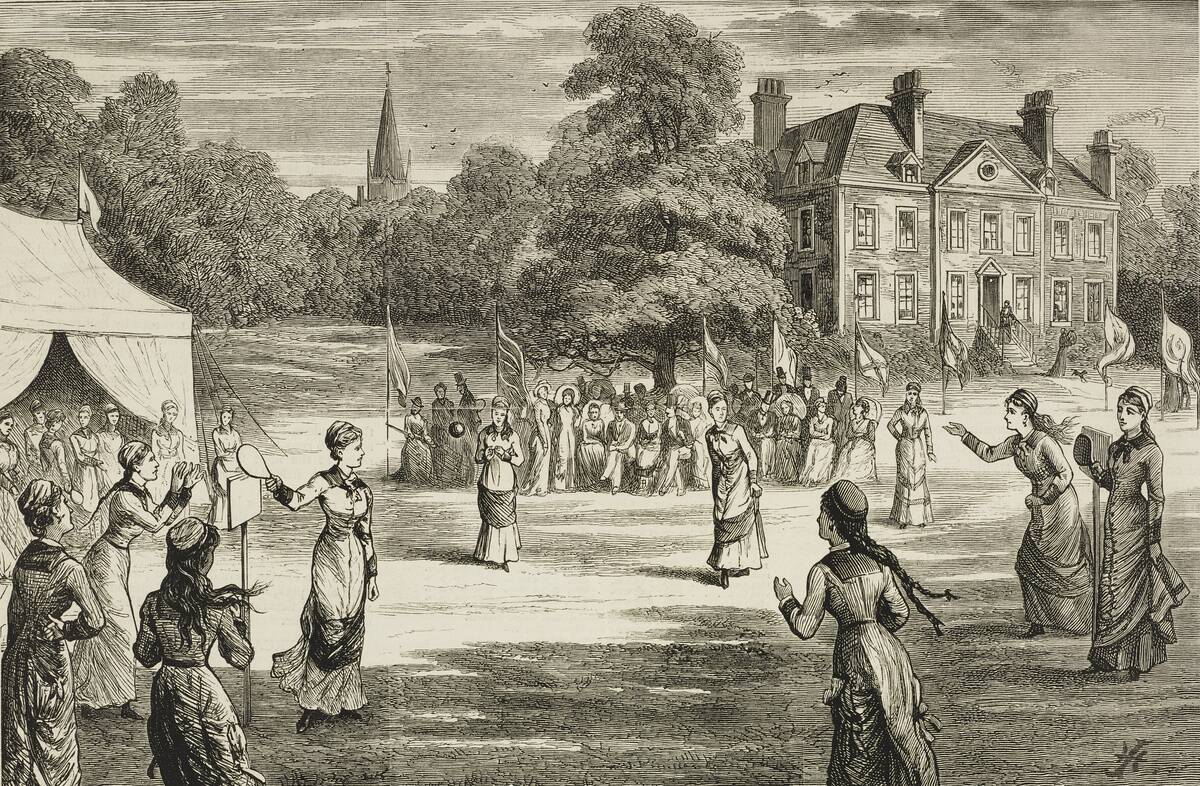
Stoolball dates back to the 15th century in England and is considered an ancestor of cricket and baseball. Played with a bat and ball, the objective was to defend a stool from being struck by the ball. The game was popular among both men and women, particularly in rural communities. Although its popularity has dwindled, stoolball is still played today in some regions of England, preserving a centuries-old tradition.
The Vanished Tradition of Buzkashi: Central Asia’s Wild Sport

Buzkashi remains one of Central Asia’s most thrilling and chaotic sports, where mounted players compete to place a goat carcass in a goal. Originating among nomadic tribes, it is a test of strength, skill, and horsemanship. While it still holds cultural significance in countries like Afghanistan and Kazakhstan, modern influences and regulations have tempered its wild nature. Buzkashi continues to fascinate with its blend of tradition and tenacity.
The Decline of Harpastum: Ancient Rome’s Rough and Tumble
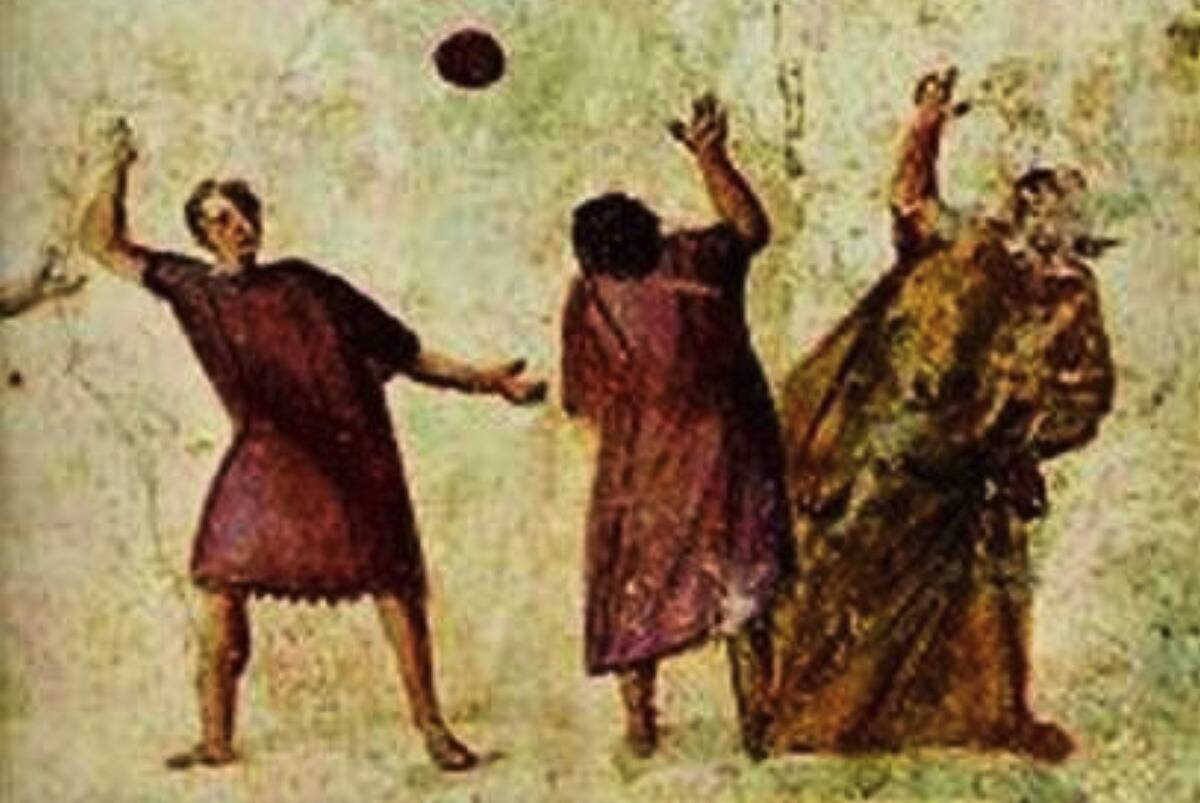
Harpastum was a Roman ball game that resembled a blend of rugby and handball, played with a small, hard ball. It was a test of endurance and strength, with the objective to keep the ball on one’s side of the field. Despite its popularity in ancient Rome, Harpastum vanished as the empire fell, leaving little more than historical records. Its legacy lingers in modern team sports that emphasize physical prowess and strategy.
The Eclipsed Popularity of Pall Mall: The Predecessor to Croquet
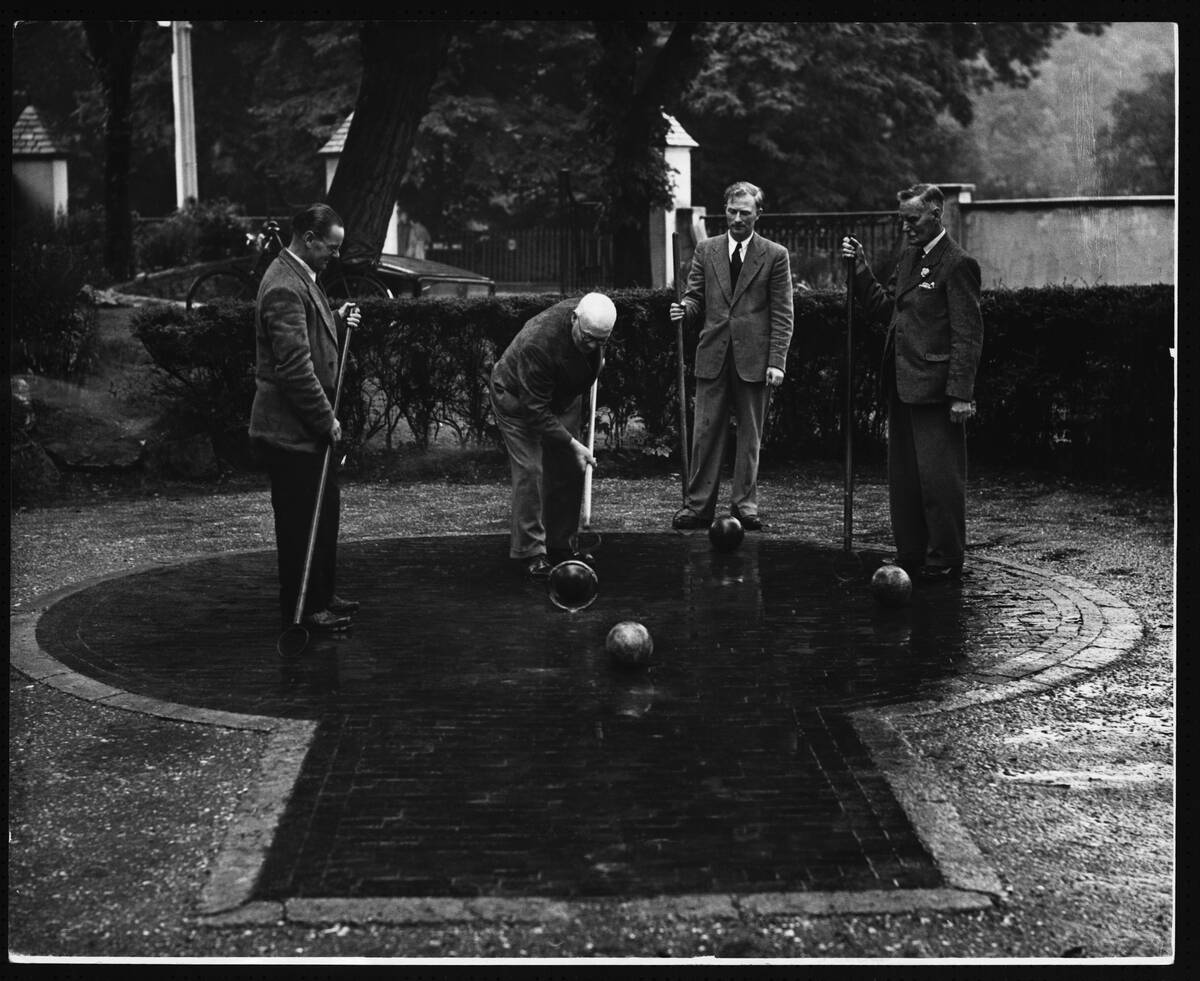
Pall Mall was a lawn game popular in 16th and 17th-century Europe, and it is considered a precursor to croquet. Players used mallets to strike balls through a high-wicket goal, often over a long and challenging course. Its popularity waned as croquet emerged in the 19th century, offering a more structured and standardized game. Pall Mall’s influence is still seen in the mallets and competitive spirit of today’s croquet matches.
The Mystery of Pasuckuakohowog: Native American Football
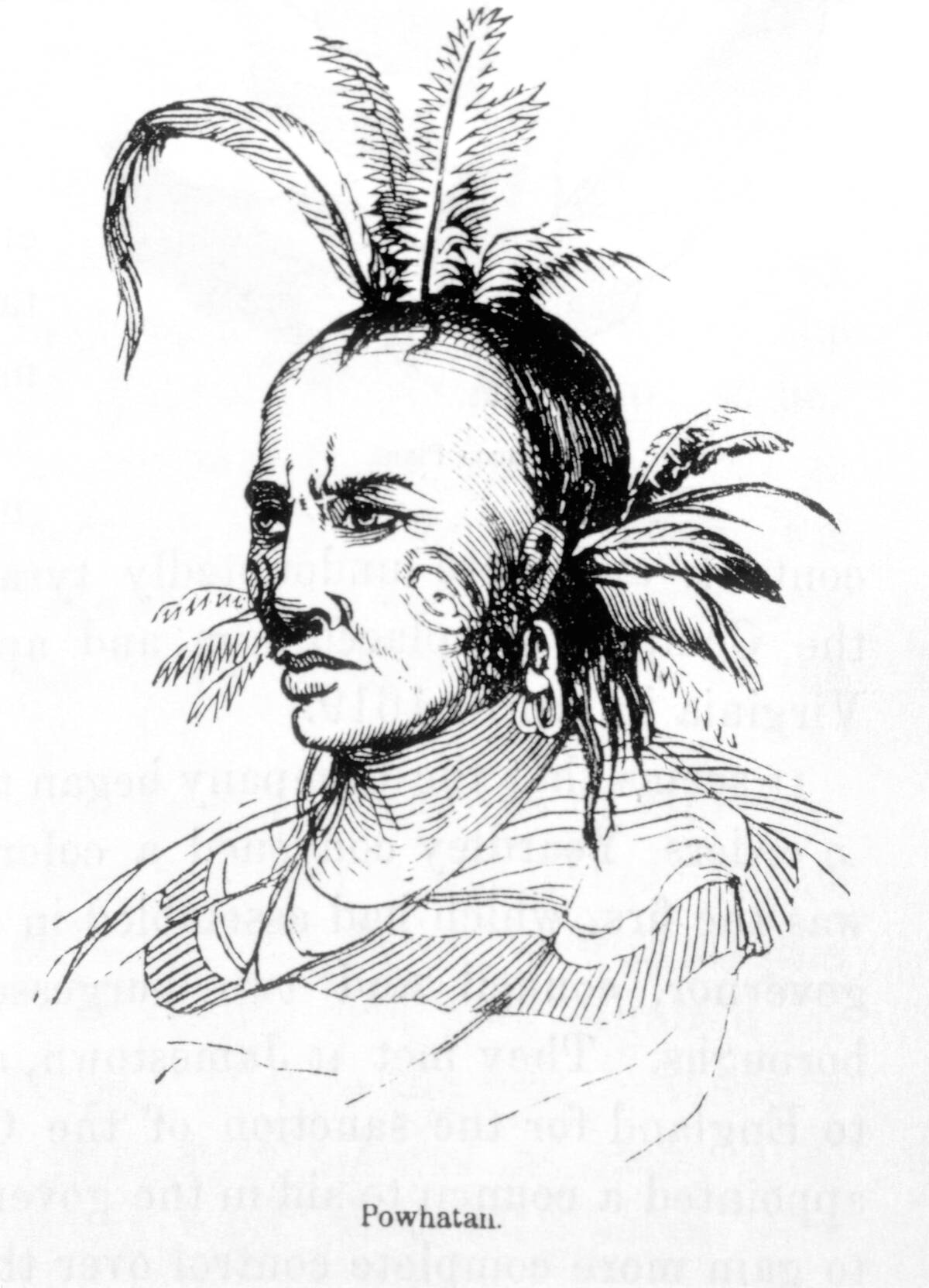
Pasuckuakohowog, meaning ‘they gather to play ball with the foot,’ was a traditional game played by Native American tribes in the northeastern United States. The game was similar to modern football, with teams attempting to score goals using a ball. Matches could last for days and involved entire villages. While the sport has largely disappeared, it highlights the deep-rooted history of ball games in North America, predating European influence.
The Fading Spectacle of Gladiatorial Games: Blood Sport of the Colosseum
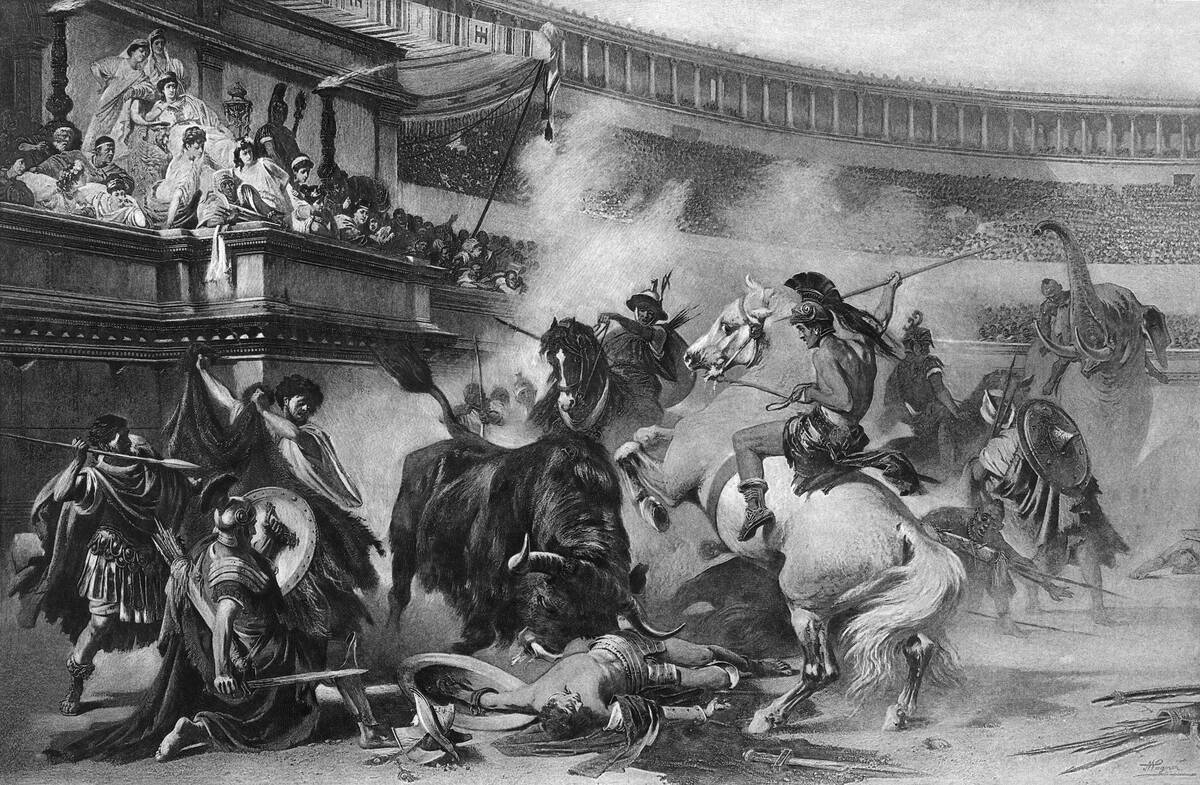
Gladiatorial games were the epitome of Roman entertainment, drawing massive crowds to witness battles between armed combatants. These spectacles were not just about fighting; they were political tools used to demonstrate power and appease the masses. The games began their decline as the Roman Empire converted to Christianity, which frowned upon such bloodshed. Today, these games are remembered as a symbol of the brutality and grandeur of ancient Rome.
The Abandonment of Jeu de Paume: France’s Royal Game
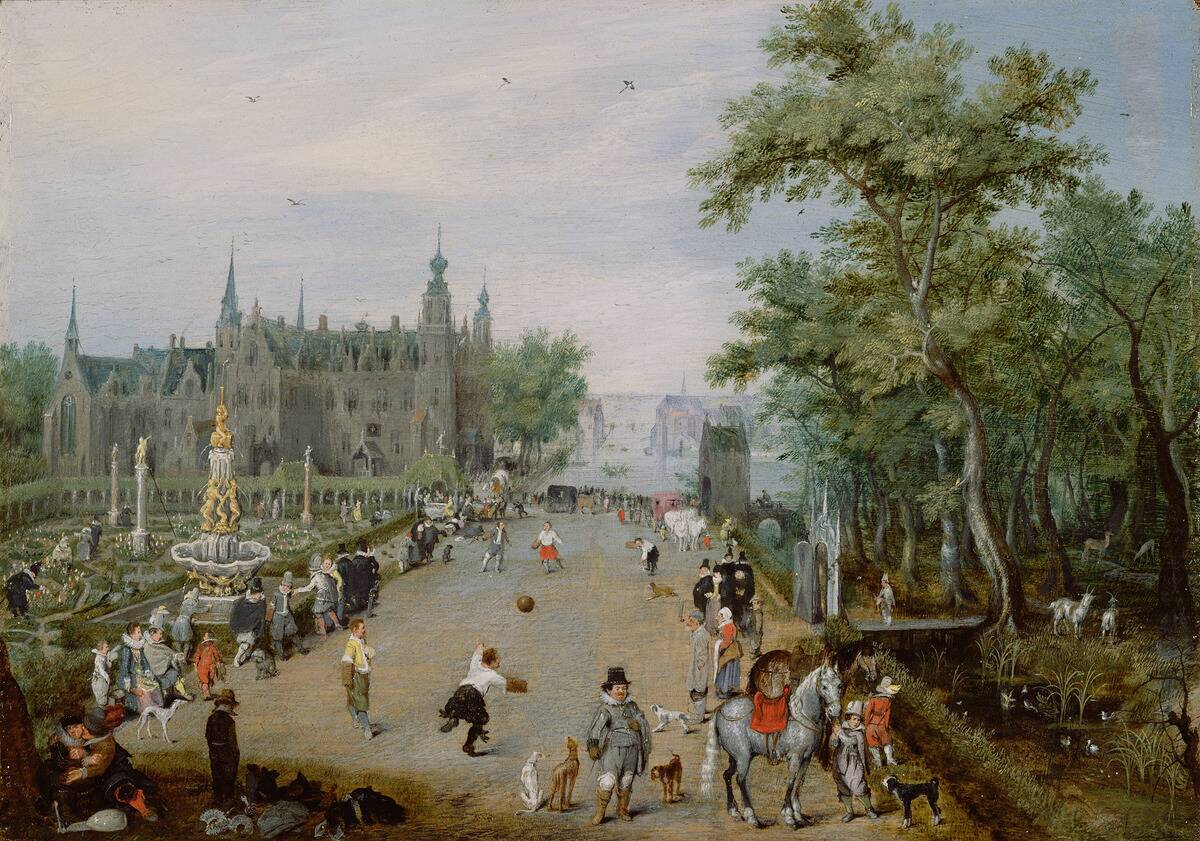
Jeu de Paume, meaning ‘game of the palm,’ was a precursor to tennis and played primarily by French nobility. It involved hitting a ball with the hand or a small paddle across a net. The game evolved into Real Tennis and later lawn tennis, which overtook its popularity due to accessibility and simplicity. While nearly extinct, a few dedicated clubs keep the tradition alive, offering a glimpse into the opulent past of French sports.
The Extinct Practice of Chariot Racing: Speed and Danger in Ancient Rome
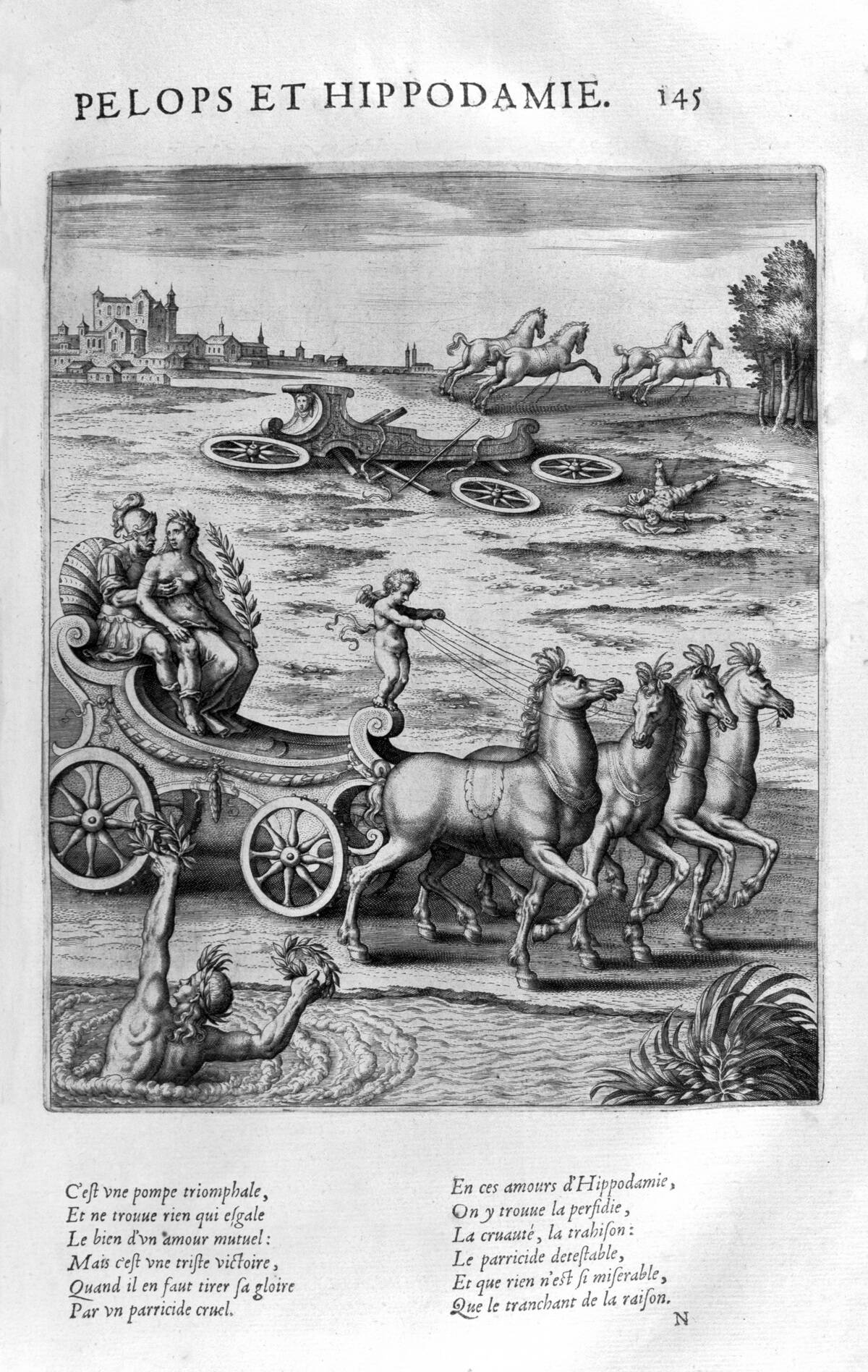
Chariot racing was one of the most popular sports in ancient Rome, held in large arenas like the Circus Maximus. Teams of horses pulled chariots around a track at breakneck speeds, with crashes and high stakes adding to the thrill. Despite its popularity, the sport gradually disappeared with the fall of the Roman Empire. Today, it lives on in popular culture, symbolizing the daring and danger of ancient sporting events.



